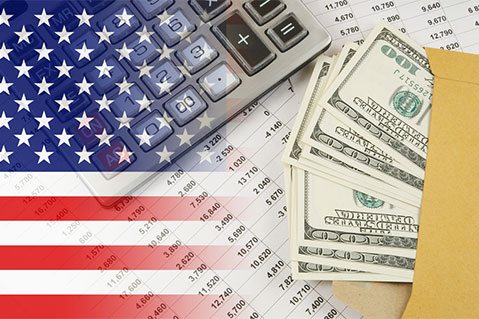August 16, 2016
U.S. Reports Significant Job Growth
The U.S. economy far outpaced economists’ predictions by generating 255,000 jobs in July. Analysts had forecast a gain of 180,000, but significant hiring across sectors led to a stronger-than-expected month. And with back-to-back months of strong job growth, economic experts are now taking a more optimistic view of the U.S. economy in addition to acknowledging the possibility of a pending interest rate hike.

The U.S. Department of Labor reported that the professional and business services sector added 70,000 positions. Meanwhile, health-care jobs jumped by 43,000 and leisure/hospitality shot up by 45,000. The construction and manufacturing industries also bolstered their ranks, growing by 14,000 positions and 9,000 positions, respectively. Even the government got in on the hiring, adding 38,000 jobs.
“The strength of July’s employment report was unusually broad-based,” Paul Ashworth, chief U.S. economist at Capital Economics, told CNBC.
There was also encouraging news for workers when it came to pay. Hourly wages rose by 8 cents – or an annualized pace of 2.6%. Americans also worked more, the average work week inching up to 34.5 hours.
“This was another strong report that checked most, if not all, of the significant boxes,” Curt Long, chief economist at the National Association of Federal Credit Unions, told CNBC.
Despite the overall gains across sectors, the unemployment rate held steady at 4.9%, while a broader measure that accounts for people not actively looking for work and those working part-time for economic reasons ticked up to 9.7%.
The report follows a stellar month in June where 287,000 jobs were added, softening the blow in May when it was reported that only 38,000 jobs were created that month. Analysts believe that consecutive strong months will influence The Federal Reserve and possibly persuade them to approve another interest rate hike as soon as September.
Analysts say the prognosis on employment remains positive. “The labor market should remain strong as long as consumers maintain their robust spending pace,” said Long.
